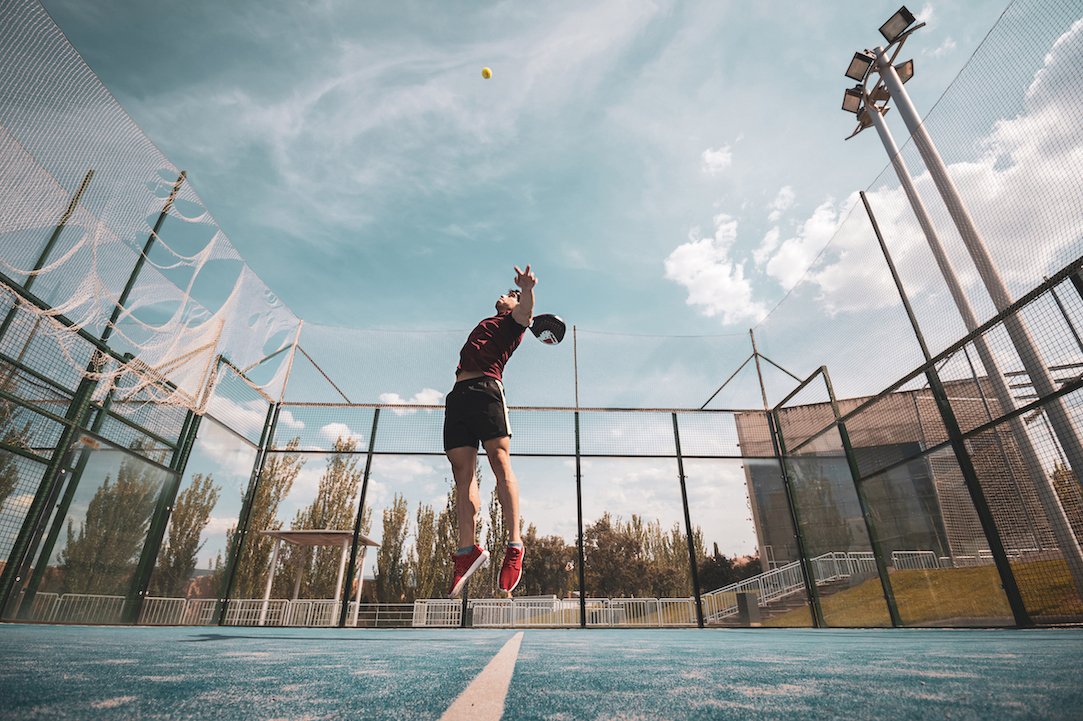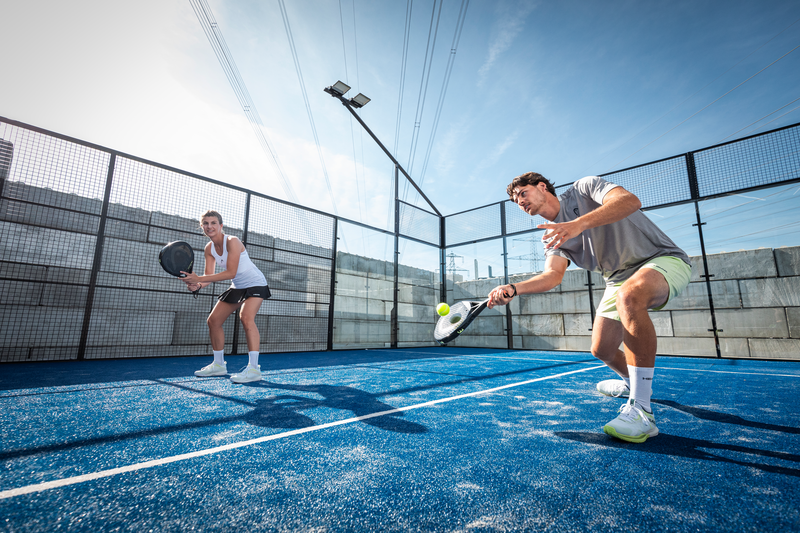
Padel demystified.
What is padel?
Padel is a racket sport that was invented in Mexico and enjoys huge popularity in Europe, Latin America, US, Middle East and Asia. It is one of the fastest growing sport in the world.
It is estimated that padel is played by over 30 million people in 130 countries around the world - yet many Kiwis haven’t heard about it. Yet.
Padel combines all the best elements of tennis, squash and badminton in an enclosed space that is slightly smaller than a regular tennis court. Most commonly, padel is played in doubles. The object of the game is to win 2 out of 3 sets to win the match. A set consists of 6 games and the scoring is the same as in tennis: 15, 30, 40, and game. The balls can bounce off the back and side walls allowing for unexpected bounces and exciting rallies.
Read more about Padel Rules here.
Padel is a great sport for players of all ages and skills, as it is easy to learn and instantly enjoyable, but still challenging enough to make you want to keep coming back! Most players get the grasp of it within the first twenty minutes of playing.
Highly social, loads of fun and a great workout, padel is an amazing way to meet people and stay in shape!
Here is how you play padel:
See padel in action:
Courts & equipment
Padel is played on an enclosed court that is just over a third of the size of a tennis court and has a playing surface of 20m x 10m. Like a tennis court it is divided in the middle by a net but unlike tennis the court is surrounded by walls, which can be utilised by players during the rallies.
The surface of the court can be made from a variety of materials, including cement, synthetic materials or artificial grass. The International Padel Federation also stipulates that the playing surface of a Padel court should be terracotta, blue or green.
The rackets used in padel differ substantially from tennis rackets. Padel rackets are made from composite materials with a perforated surface that is ergonomically designed to allow for airflow. The face measures 26cm x 29cm and the overall length of the racquet is 45cm. Because the racket is much shorter than a tennis racket, it is much easier to control.
Fun fact: Every year, in Spain around 900,000 padel rackets are sold compared to 400,000 tennis rackets.
Padel around the world
Padel has grown immensely in the past few years in Europe, Asia, South America and the Middle East.
Padel is played in 130 countries by 30 million people.
The sport has seen a near explosive growth in Spain, Italy, Brazil, Argentina and Scandinavia.
Spain has more than 20,000 courts, 6 million players and it is the second most popular sport nationally after soccer.
In Italy it is also the second most popular sport and the number of padel courts has increased fivefold, up to 9730 in 2025. Padel schools and clubs have tripled.
In Sweden, more than half a million people are now playing padel on their 4000 courts. 1500 courts were built during the past 2 years, an annual growth rate of 244%.
Across the ditch in Australia where padel started in 2016, they also have had a good steady growth in the past years, going from a few courts to 40 courts in 2023 and are expecting a 100% YOY growth, to around 100 courts in 2025.
87 national federations are now represented within the International Padel Federation(FIP). FIP also recognises more than 600,000 federated padel players worldwide. The International padel federation is seeking inclusion in the Olympic games 2032 in Brisbane.
If you are interested in learning more about the International Padel Federation please see the following website:







